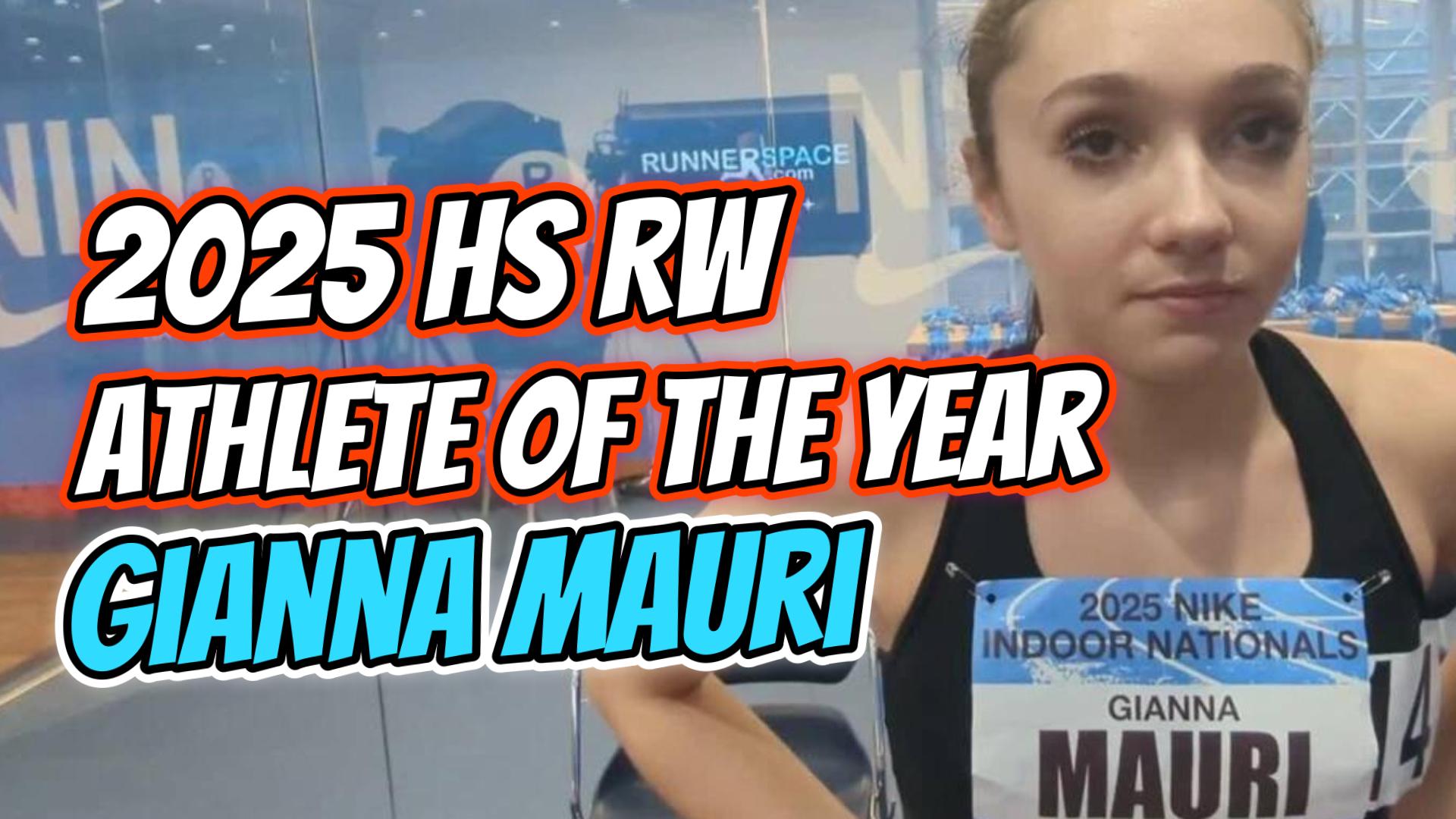
Race Walking, while traditionally kept outside the “normal” opportunity zones for long term athlete development, displays the same pattern of growth to achieve standing at the national or international level of competition. Athletes reaching the level of competency to compete at this level generally have at least 8-10 years of experience and also competed in youth or high school and college to learn the basics of the event.
This is no different in Race Walking. Using the table below, from those who competed in the 2021 Olympic Trials, we see some very consistent stats, ones that mirror those in every other event in the sport. Each athlete is listed by their initial exposure to Race Walking and the programs that they were a part of to develop their skills.
| Athlete | 13-18 | 19-22 | 22+ |
| AJ Gruttadauro | NY HS / Jr Olympics | NAIA | Professional |
| Allen James | Jr Olympics | NAIA | Professional |
| Amberly Melendez | Jr Olympics | NAIA | Professional |
| Anali Cisneros | Jr Olympics | NAIA | Professional |
| Anthony Peters | Jr Olympics | NAIA | Professional |
| Audrey Fox | NY HS / Jr Olympics | NAIA | x |
| Ben Hofstra | NAIA | Professional | |
| Bricyn Healey | NAIA | Professional | |
| Carson Johnson | Jr Olympics | NAIA | x |
| Celina Lepe | Professional | ||
| Chelsea Conway | NY HS / Jr Olympics | NAIA | Professional |
| Dan Nehnevaj | NAIA | Professional | |
| Emmanuel Corvera | CA Jr College | Professional | |
| Erin Taylor-Talcott | Jr Olympics | Professional | |
| Janelle Branch | NAIA | Professional | |
| Joel Pfahler | NAIA | Professional | |
| Jordan Crawford | Jr Olympics | NAIA | x |
| Katie Miale | NY HS / Jr Olympics | NCAA | Professional |
| Kayla Shapiro | NY HS / Jr Olympics | NCAA | x |
| Lauren Harris | Jr Olympics | NCAA | x |
| Maria Michta-Coffey | NY HS / Jr Olympics | NCAA | Professional |
| Michael Mannozzi | NAIA | Professional | |
| Miranda Melville | Jr Olympics | NAIA | Professional |
| Nick Christie | CA Jr College / NAIA | Professional | |
| Pablo Gomez | Mexico | Mexico | Professional |
| Robyn Stevens | Jr Olympics | NAIA | Professional |
| Sam Allen | Jr Olympics | Professional | x |
| Stephanie Casey | Jr Olympics | Professional | |
| Steven Smith | Maine HS / Jr Olympics | NAIA | Professional |
| Taylor Ewert | Jr Olympics | NCAA | x |
| 70% | 83% | 3% | |
| 30 | 21 | 25 | 1 |
5 Olympians were in these fields and at least 20 of the athletes have represented Team USA at some level of International competition.
Diving deeper, 70% of these athletes began in either High School and/or Jr Olympic meets as a member of a team. 83% of them competed while in college as part of an NAIA or NCAA team. Only 1 athlete was able to make the Olympic Trials without competing as a Race Walker at either of these three developmental systems that are the core and bedrock of the Olympic movement in the USA.
One can look no further than the Hammer Throw to see the same level of systemic development. Prior to Hal Connelly convincing USATF’s Youth Committee to include the event, it was limited to a handful of state HS programs. Athletes were only introduced to the event upon joining their college team. Fundamental motor learning was at least 4 years behind the needed curve. US athletes routinely failed to qualify for, or medal in, international competition. Since then, the level of quality and quantity of athletes in the event has grown exponentially. US athletes are now medal contenders and throwing world leading performances.
That brings us to the takeaway, the teachable moment. Race Walking MUST be given the same consideration as was given to the Hammer Throw. By all USATF Youth teams, all HS State Federations, all NAIA teams, and at least one division of the NCAA, if there is to be adequate opportunities for real LTAD in the Race Walk. Real, selflessly minded, leadership is needed in all of the above organizations, on the local and national levels, to make that the reality.




